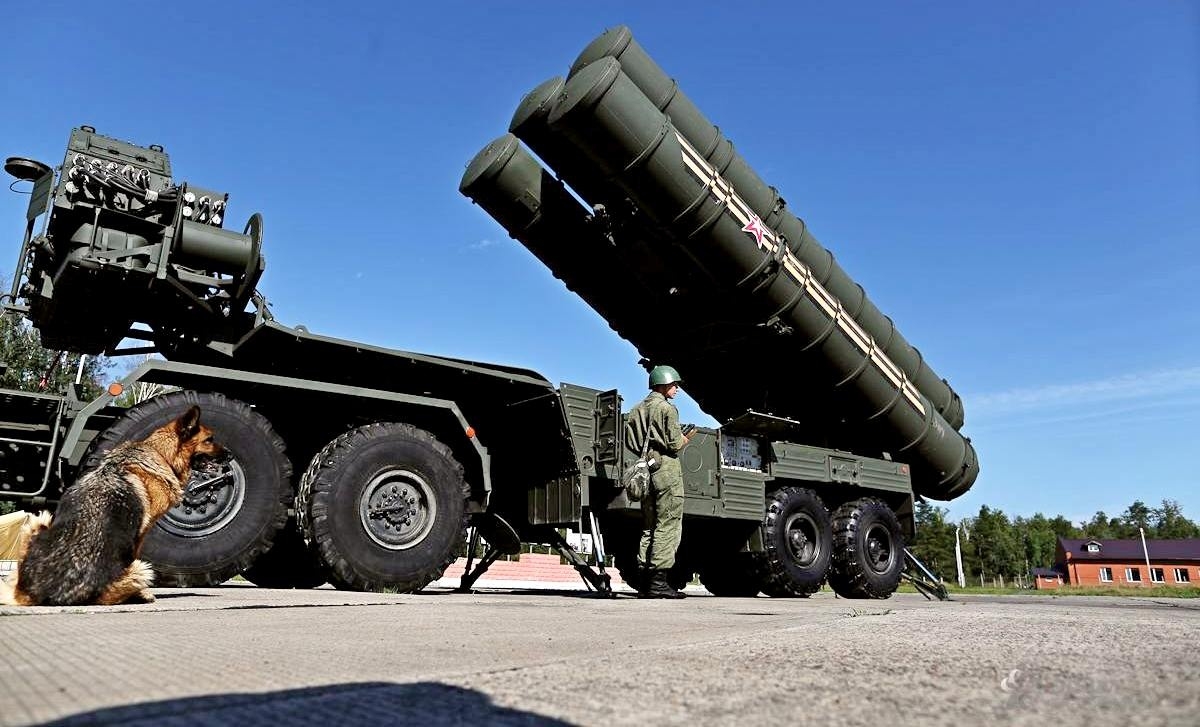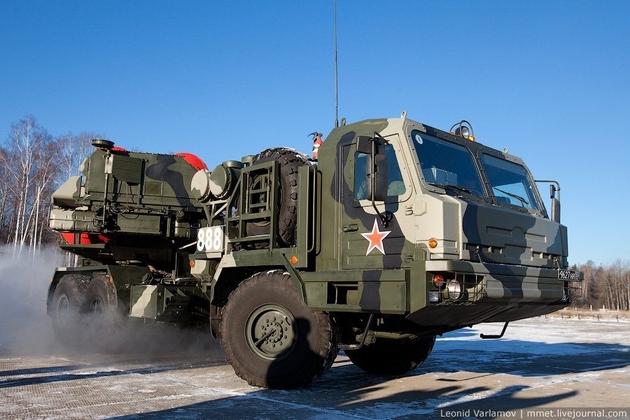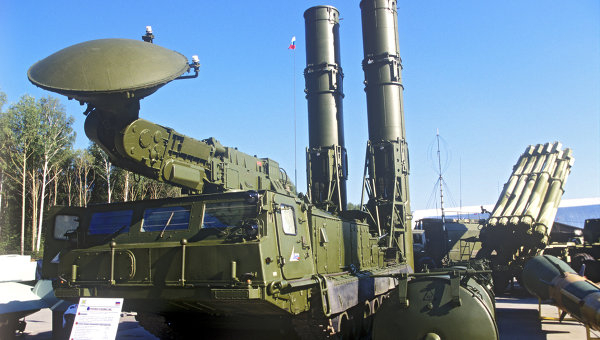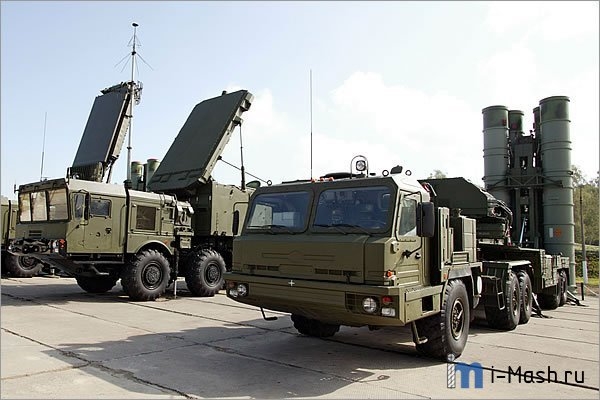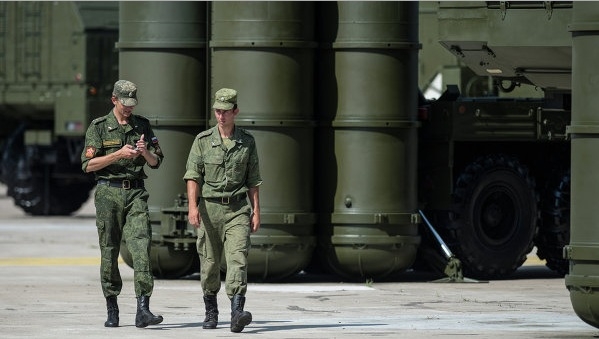What can it do?
Following months of radio silence and scattered leaks by anonymous sources, top Russian defense industry officials are finally going on record about Russia’s upcoming S-500 missile defense system—and it may be coming sooner than expected.
SPONSORED CONTENTRecommended by
Sergei Chemezov, CEO of Russian defense conglomerate Rostec, kicked off a new round of speculation when he recently told Russian media that the S-500 will enter service “very soon”: „New state-of-the-art weapons are being developed. So, once we can already sell S-400 systems, we now begin to manufacture S-500 systems. These are more updated systems. I’d prefer not to tell [you] about them now, they are not yet operational. I think they will enter service very soon.“
Russian Minister of Industry and Trade Denis Manturov went even farther than Chemezov in asserting the S-500’s readiness: “development of the Prometheus S-500 missile defense system is in its final stage. The S-500 has completed state trials, and is now undergoing systems refinement. The missile system’s primary specifications were verified during the course of the tests, and the system is ready for serial production. On the whole, development is proceeding according to plan, and the first S-500 units will be delivered to the Russian armed forces within the timetable set by the state armament programme 2027,” Chemezov said to the Russian Interfaks news agency.
It remains unclear precisely what that timetable is, with some prior analysis concluding that the S-500 is unlikely to enter serial production during the 2018-2027 period. However, a flurry of Kremlin statements over the past several weeks suggests that the first S-500’s may arrive much sooner than expected. As Deputy Prime Minister Yuri Borisov put it, „The successful preliminary trials have enabled the Defense Ministry of Russia to make a decision on cutting the time of starting the serial deliveries of this surface-to-air missile system to the troops. As a result, S-500 systems will start arriving for air defense missile regiments already in the coming years.” That could be as soon as next year, according to Defense Minister Sergei Shoigu’s earlier announcement that the Russian Army will take the first S-500 deliveries in 2020.
The S-500’s hardware specifications have yet to be officially unveiled, but the current crop of Russian media leaks and abbreviated manufacturer statements promises best-in-class performance features, including an anti-missile range of up to 600 kilometers and ability to simultaneously track up to ten ballistic missiles flying at four miles per second
The first images of a live giant squid in its natural habitat are taken 600 miles south of Tokyo.
The controversial drawings of Muhammad are printed in the Danish newspaper Jyllands-Posten.
Sponsored Advertisement Sponsored Advertisement
But why, after years of delays, has the Kremlin become so interested in pushing out the S-500 as soon as possible? There are several factors at play.
First, the export timing. Chemezov’s comment gives new life to prior speculation that the Russian defense industry was holding back on major S-500 announcements pending the completion of crucial S-400 contracts with India, China, and Turkey. The Kremlin’s newfound eagerness to start S-500 production also coincides with Turkish President Recep Erdoğan’s shock announcement that Turkey will jointly produce the S-500 with Russia.
Secondly, it is now clear that the S-500 is not to the S-400 what S-400 was to the S-300: that is, the Russian military has no intention of replacing every S-400 with a S-500 anytime soon. Instead, the S-500 will serve alongside the S-400 as a longer-range, more powerful anti-air system that is designed to reliably intercept the most dangerous hypersonic ICBM’s and even targets in near space.
The S-500 is meant to fill a vital, but niche strategic purpose, and is therefore unlikely to be produced en masse. Meanwhile, the S-400 will continue to form the conventional backbone of Russia’s missile defense arsenal for the foreseeable future.
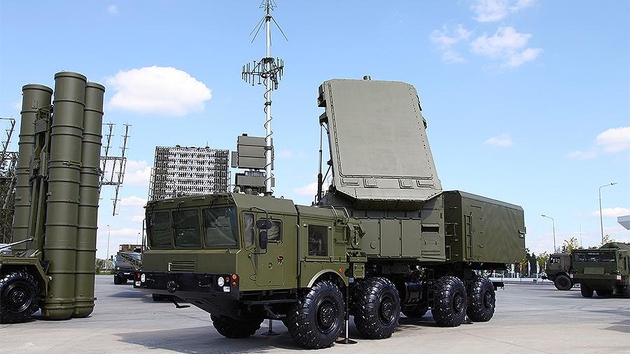
Mark Episkopos is a frequent contributor to The National Interest and serves as research assistant at the Center for the National Interest. Mark is also a PhD student in History at American University.


